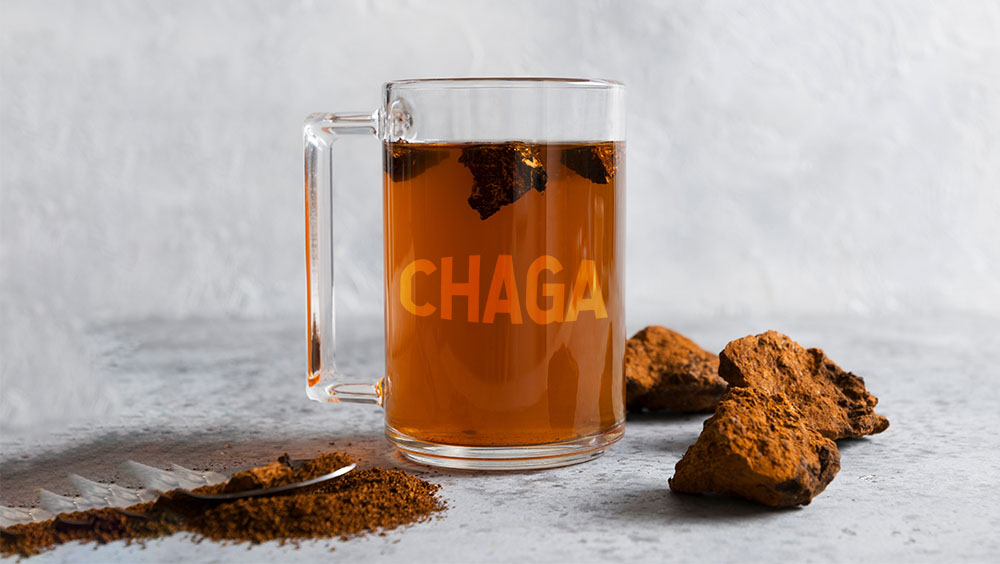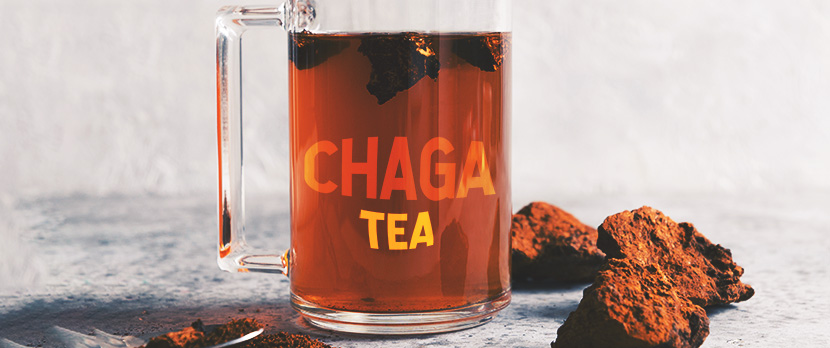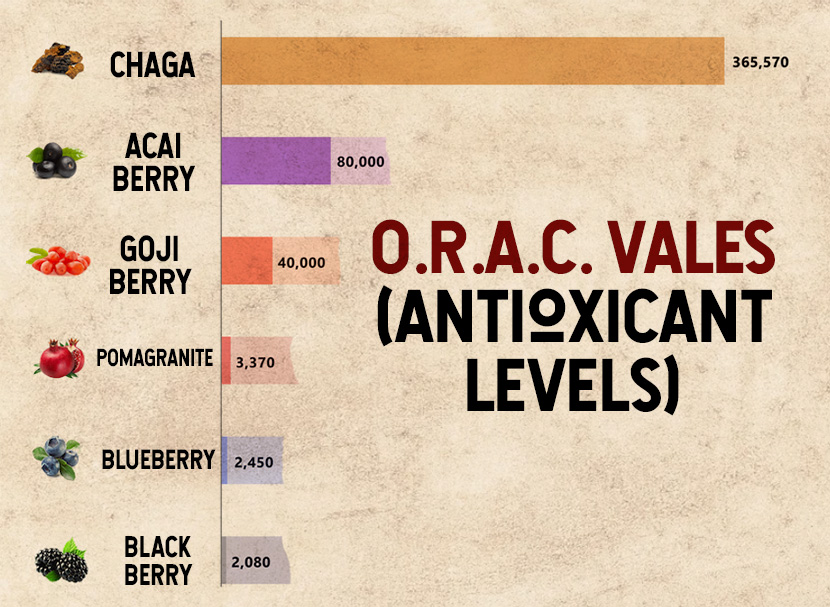CHAGA MUSHROOM – HOW TO USE IT (BENEFITS AND RISKS)

In recent years, Chaga has grown in popularity as a health supplement and mushroom drink. While it’s technically not a fruiting body (it’s not really Chaga ‘mushroom’), it is a type of fungus that has plenty of historical uses for a variety of ailments. Recent research has also indicated that it could very well be very helpful to treat all of the things it has been used for historically. This article is designed to highlight a few of those things, how to use it and generally how to make sure it’s sustainably harvested. But first, a quick video showing what we’re looking at.
A short history of the use of Chaga
Chaga, also known as the “King of Mushrooms,” has been used for centuries in traditional medicine across cultures. Its use dates back to the 16th century in Siberia, where it was believed to have healing properties for a variety of ailments. The Sami people of Scandinavia also used chaga as a remedy for many conditions, including coughs and colds.
In Russia, chaga became so popular that it was known as the “Russian tea” and was even used as a coffee substitute during World War II when coffee was scarce. In North America, Indigenous peoples have also been using chaga for centuries, often brewing it as a tea or decoction.
Today, chaga is gaining popularity in the Western world as a natural supplement due to its potential health benefits. It’s believed to have anti-inflammatory and antioxidant properties, and studies have shown that it may help reduce cholesterol levels, boost the immune system, and even fight cancer.
Health Benefits of Chaga
Chaga is full of lots of bioactive compounds*. These compounds are found within the chaga mycelium and some found in the birch trees that it lives on. The main compounds tend to be either polysaccharides, triterpenes or polyphenols. Here is the main list of compounds that are found inside them.
- beta-glucans
- Betulinic acid
- inotodial
- lanosterol
- lanostane type triterpenes
- oxalates
- ergosterol peroxide
- polyphenols
- melanin

Antioxidants
Some claim that chaga can slow or prevent cancer. This claim is because of the high amounts of antioxidants which help fight free radicals (which can in fact lead to cancer). The amount of antioxidants in Chaga can be measured via an ORAC value (oxygen radical absorbance capacity).

Lowering cholesterol
While there are many compounds in chaga, some of them including betulinic acid and triterpenoids, have been shown to have cholesterol-lowering effects. These compounds work by inhibiting an enzyme called HMG-CoA reductase, which is involved in the synthesis of cholesterol in the liver. By blocking this enzyme, chaga can help to reduce the amount of cholesterol produced by the liver and circulating in the bloodstream.
Immune Support
Chaga seems to help regulate the production of cytokines in the body and thus support the immune system by helping the body’s cells communicate with one another.
How to make chaga mushroom tea
The first step in making chaga tea is to source sustainably harvested chaga from the wild. It’s almost impossible to grow chaga on grain in part because it’s believed much of what chaga has medicinally is transferred from the birch tree. For that reason you need to harvest it from the wild. Sustainable operations include not collecting the entire mass of chaga, but instead collecting only a fraction so that the rest can continue to grow.
After you’ve obtained your chaga, you have just a solid mass of wood and mycelium. Essentially it’s a conk. That is not edible, so it’s best consumed as a tea.
Preparing the chaga tea
A large chunck of chaga must first be broken down into smaller chunks. These smaller chunks can then be prepared in multiple ways
Hot water extraction: Simply pour hot water over the chunks and let it sit for a few hours.
Ethanal (aka. alcohol extraction): This type of extraction method will isolate molecules that are water insoluble such as betulinic acid, betulin and phytosterols. However, it’s important to note that alcohol extraction will not break down the chitin (in the cell walls) and thus won’t extract the majority of compounds. Heat is needed to make this work.
Fermentation: This is the least common method as it’s time intensive and thus, expensive.

